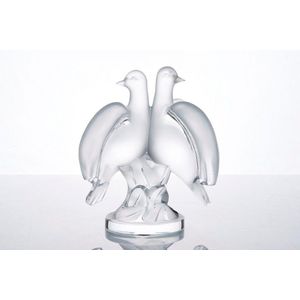Garth Chester's Iconic Curvesse Chair
You must be a subscriber, and be logged in to view price and dealer details.
Subscribe Now to view actual auction price for this item
When you subscribe, you have the option of setting the currency in which to display prices to $Au, $US, $NZ or Stg.
- Runners - Runners or slides are wood on each side of the bottom of a drawer, being the surfaces which take the weight of the drawer and provide for its movement in and out. The runners of a drawer are usually the first areas of a drawer to display wear, due to the friction between the two surfaces. In modern cabinet making the wooden runners on th ebottom of the draer have been replaced by metal runners fixed to the side of the drawer and the side of the cabinet.
This item has been included into following indexes:
Visually similar items

Charles and Ray Eames (American, 1907-1978 and 1912-1988), La Chaise', designed 1948, manufactured by Vitra, the organic shaped polyurethane shell with white lacquer finish, above four chrome plated tubular steel rods on a cruciform oak base, with decal la

Lalique, Ariane' glass figure group, post 1980, frosted glass figurine of two doves, signed, height 22 cm

Greg Smith, clear chair, prototype edition in clear acrylic laminate 1 of 2. Made in 2009.

Grant Featherston R160 Contour chair with matching ottoman, in flecked peach upholstery, Australia, c 1950s, 92 cm high, 69 cm wide, 73 cm deep
